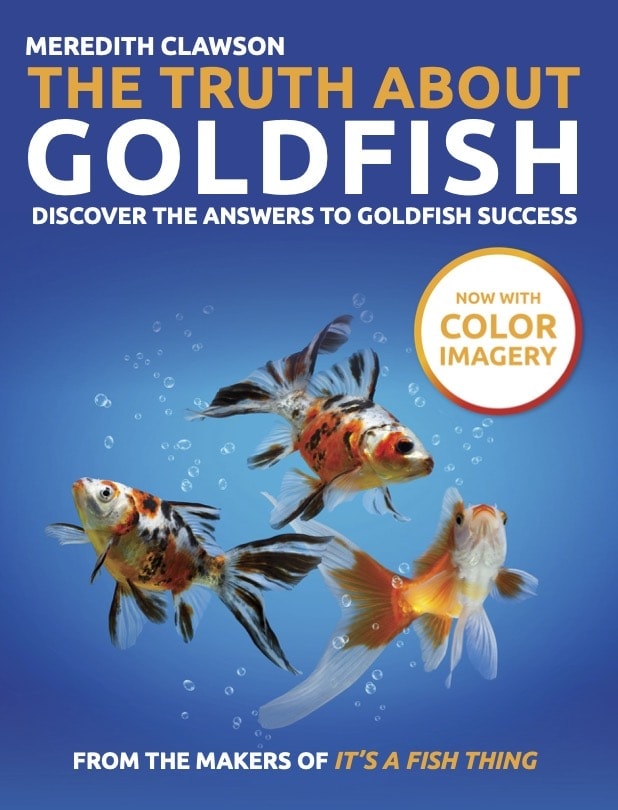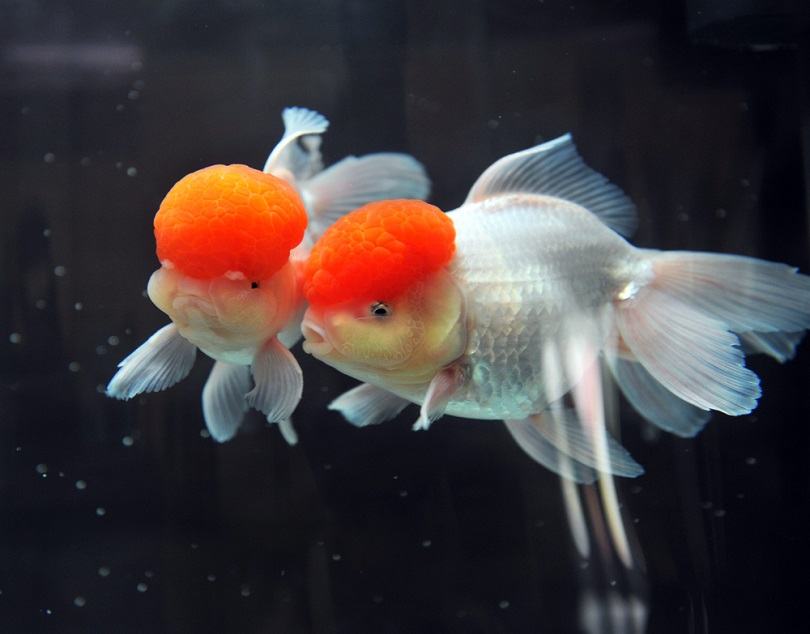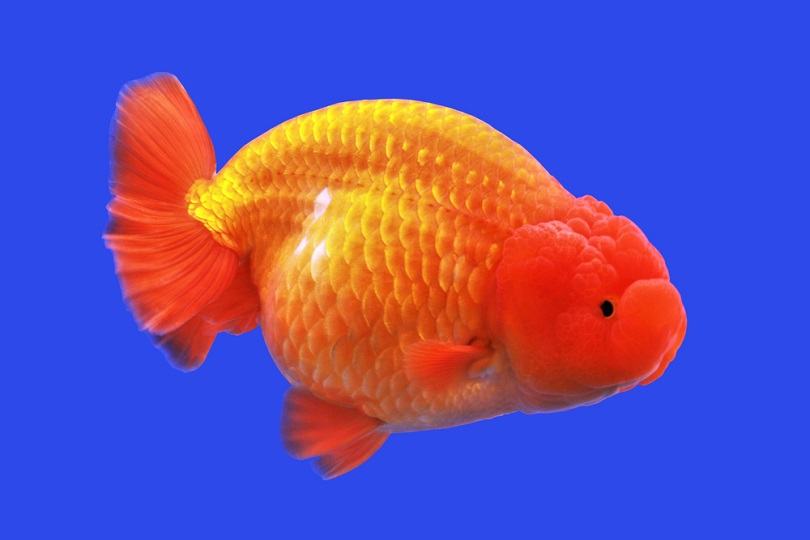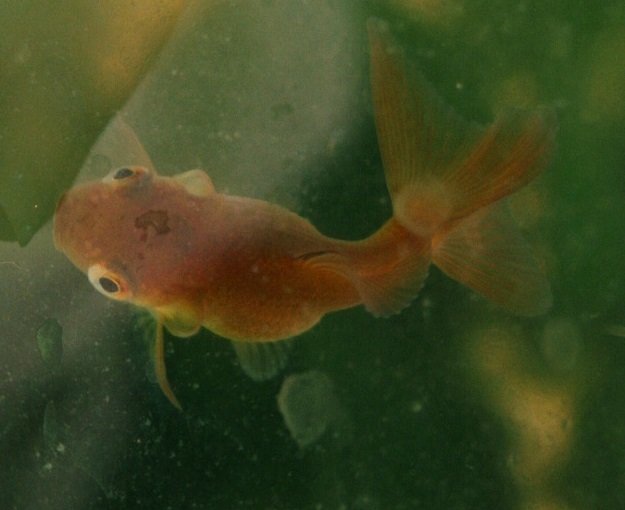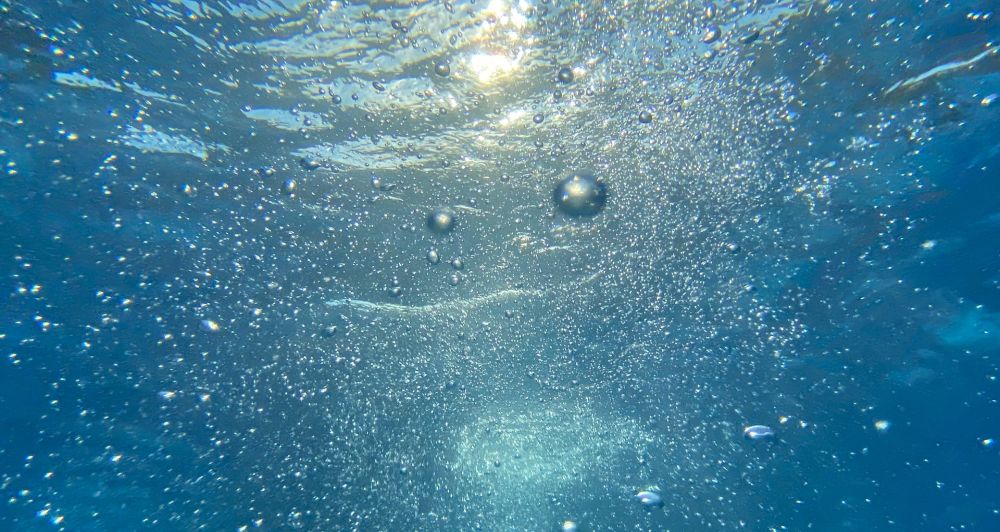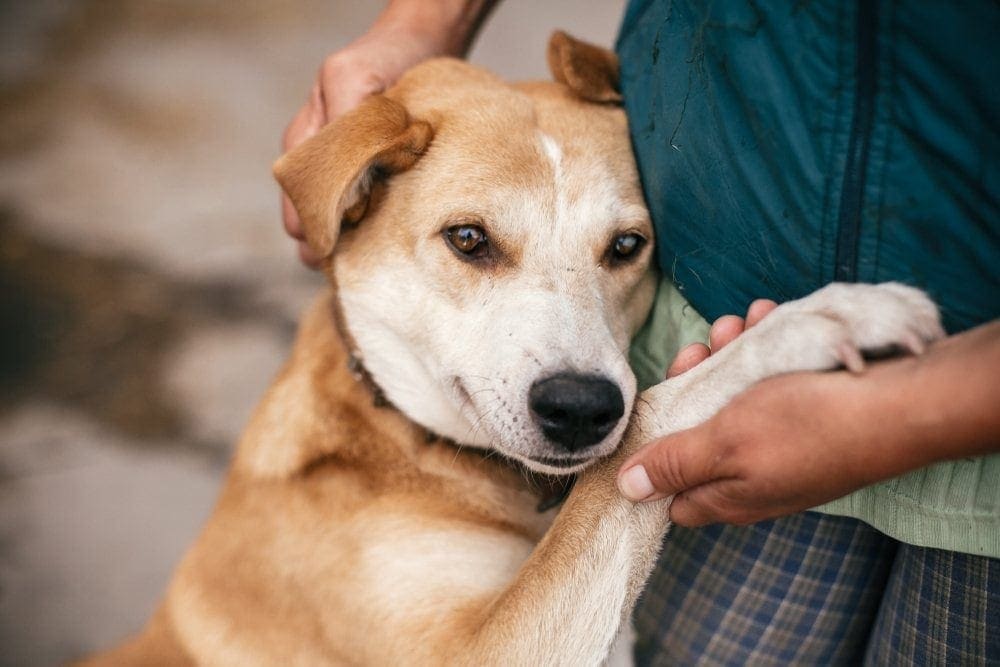How Big Can Goldfish Get? Average vs Potential Size

Updated on
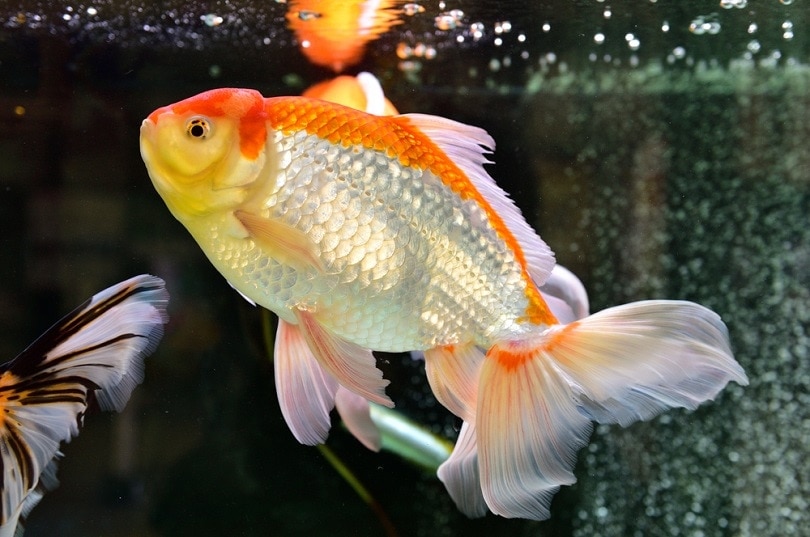
How big do goldfish get? Good question. But a better question is… How big CAN goldfish get? There’s a difference! The size a goldfish grows depends on many factors. Because goldfish are special. It’s not like how it is with other animals – maybe tigers or chihuahuas or parakeets, where there’s a closely set size across the board (with perhaps just a few exceptions here and there). Goldfish size can actually vary wildly and here’s why.
How Big Can a Goldfish Get?
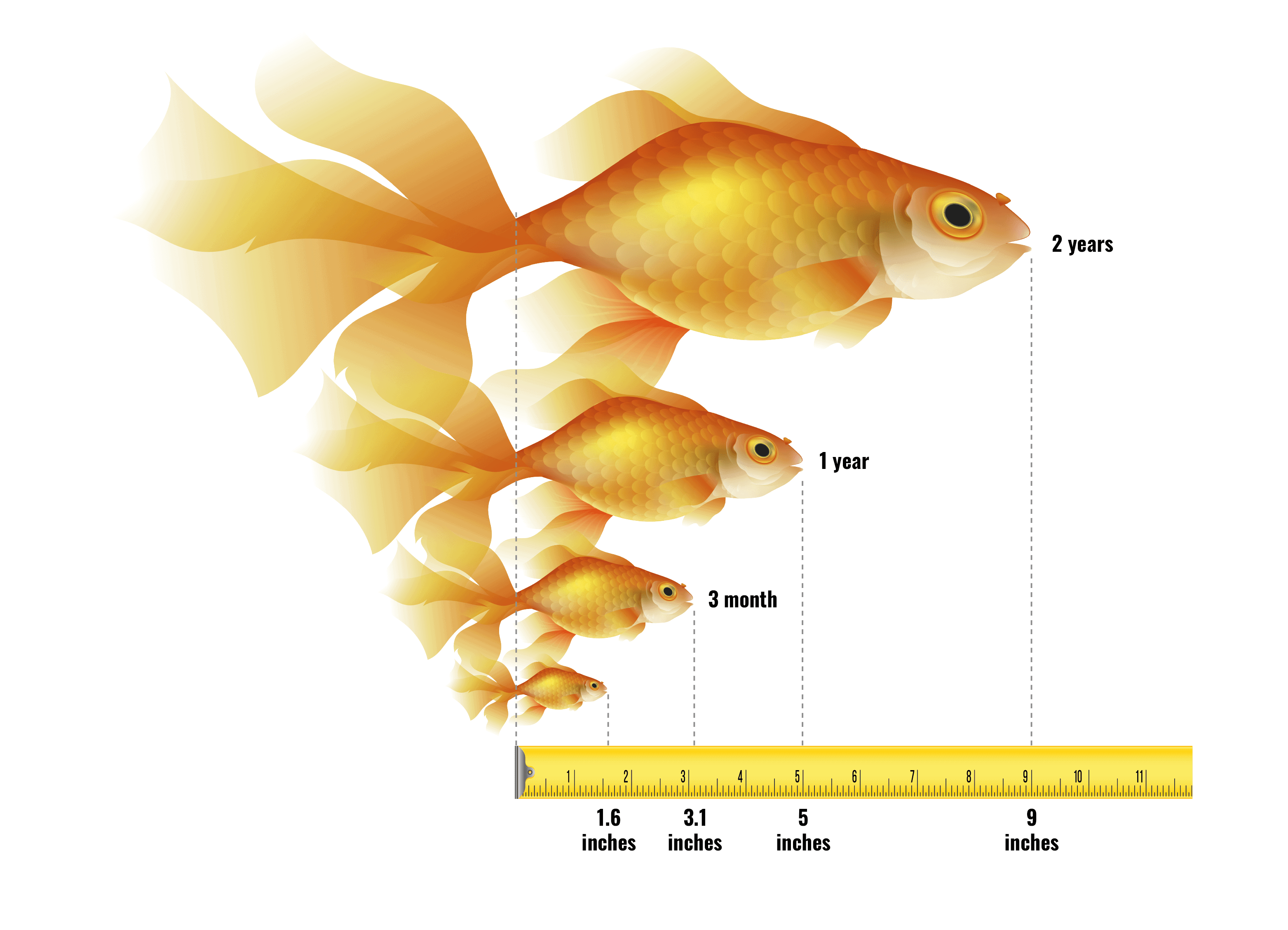
Here’s the quick answer: A full-grown goldfish can grow to be anywhere from 4 inches to 18 inches from the tip of the nose to the end of the tail. But that is determined by the 5 factors discussed below:
The 5 Factors that Determine How Big Goldfish Can Get
1. Genetics
No matter what you do…
- No matter how much or often you feed.
- No matter how big your tank is.
- No matter how many water changes you do.
- No matter how warm you keep the water.
(All of which can be factors in growth many times)
Some fish will NEVER grow much. Why? You may try everything you can think of to get your fish to get big, but because of genetic factors, it will remain perpetually little.
Call them runts, midgets, whatever. There’s nothing you can do on your part to reverse it. But don’t panic: This is not a bad thing! It won’t affect their quality or duration of life.
Actually, they can be quite nice for those who want to save space/money on a tank.
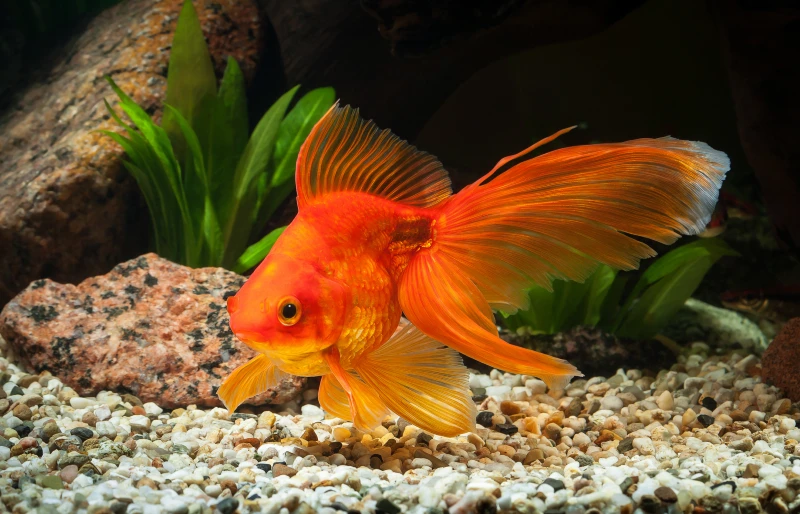
2. Water Changes & Water Volume
This is a big one. Not so much the tank size itself, but how much freshwater the fish has access to. The reason? Replacing the water with fresh water removes the growth-inhibiting hormone that goldfish produce, which prevents them from growing large by environmentally stunting the fish.
Likewise, the larger volume of water, the more diluted the hormone will be. Hence one of the main reasons why goldfish grow so massive in ponds but only a fraction of their full potential size in a bowl or small tank that is not changed frequently.
3. Treatment During First Year of Life
Fact: A goldfish does MOST of its growing in its first year of life. Miss out on that window for the fish to really maximize its size, and it can affect its size for years to come. They may not ever be a big goldfish because of it.
Early years husbandry (meaning how the fish was fed and cared for) can play a role in determining the final goldfish size. In fact, many pet store goldfish are already stunted out of the gate with this one.
Suppliers to pet stores need 2″ red fantails all year, but they’re only “in season” for a window of time. So these fish are often “held” in a setting where they don’t have unlimited fresh water. We don’t know what kind of food or how much they are fed either during those years, which also plays a part in how much the fish grows during that window.
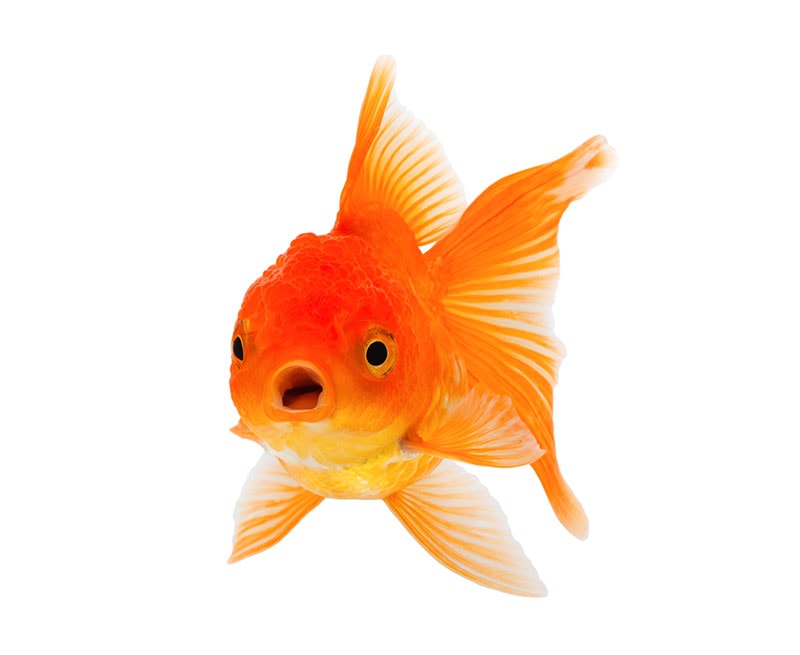
4. Nitrate levels
This is interesting: Higher nitrates have been observed by breeders to cause young fish not to grow as much. On the other hand, low nitrates do the opposite – they help promote more growth.
There’s some argument on exactly why this is, but the bottom line is higher nitrates seem to suppress the growth of the fish to some extent.
If you need help getting the water quality in your aquarium just right for your goldfish family, or just want to learn more on the subject (and more!), we recommend that you check out our best-selling book, The Truth About Goldfish.
It covers everything from water conditioners to nitrates/nitrites to tank maintenance and full access to our essential fishkeeping medicine cabinet!
5. Nutrition
Poor nutrition can cause a fish (that could have otherwise grown to be large) to remain smaller. In addition, poor nutrition is linked to a plethora of other health issues for fish. This should definitely be avoided for the best interest of the fish.

How Do I Get My Goldfish to Grow Really Large?
I get this question a lot. You see those big chunky goldies online everywhere that can easily fill a grown man’s hand. They’re very impressive! And the truth is:
With the right conditions, you can get a little 2″ fish at the pet store and raise it to be a whopping foot-long monster.
It can be a rewarding challenge. The before and after photos can also be fun to show friends and family! Aside from throwing the fish in a pond and coming back in 6 months, you can do this indoors by using the information given above.
(Well, except for genetics )
- Lots of large water changes take out nitrates and growth-inhibiting hormones, promoting larger fish. A bigger tank helps dilute them for longer as well.
- If your fish is a baby you’ve bred yourself, you can use those years to influence its future size, such as by supplying several small feedings throughout the day and lots of fresh water. You probably can’t do much about this one if you didn’t breed the fish yourself or didn’t get it as a fry.
- Keeping the nitrates low through plants, filter media, and water changes
- Providing an optimal diet with good quality marine-based protein and fibrous veggies.
Large goldfish will need more space for swimming, so that’s something to keep in mind when choosing a tank for your goldie.
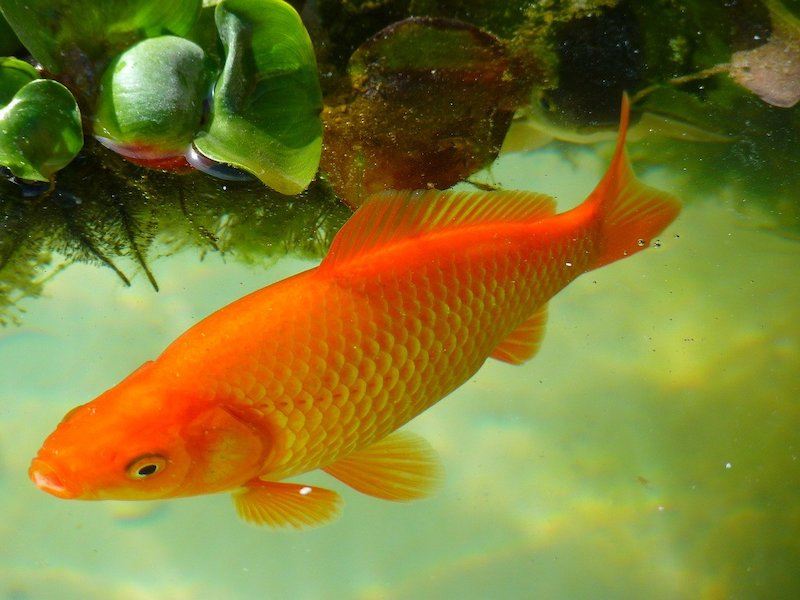
How Big Should Goldfish Get?
So you’ve learned how big a goldfish CAN get. Is there an answer to how big a goldfish should get?
Probably not. I don’t think there’s a right-and-wrong answer to this question. As I’ve discussed in other articles, the size of your goldfish is often in your hands and depends on your goals as a hobbyist.
Small goldfish can live long, healthy lives. Larger goldfish can also be healthy and live a long time. If you’re someone who’s short on space, maybe the monster goldfish isn’t for you. That’s okay. Give them proper care and they can make fantastic pets.
Wrapping It Up
I hope you’ve found this post helpful. Now I want to hear what you think. How big is your goldfish? Do you prefer goldfish that are little or those that are like miniature whales? Or maybe you have a question for me.
Leave your comment below to share your thoughts!
Read More:
Featured Image Credit: Japans Fireworks, Shutterstock

